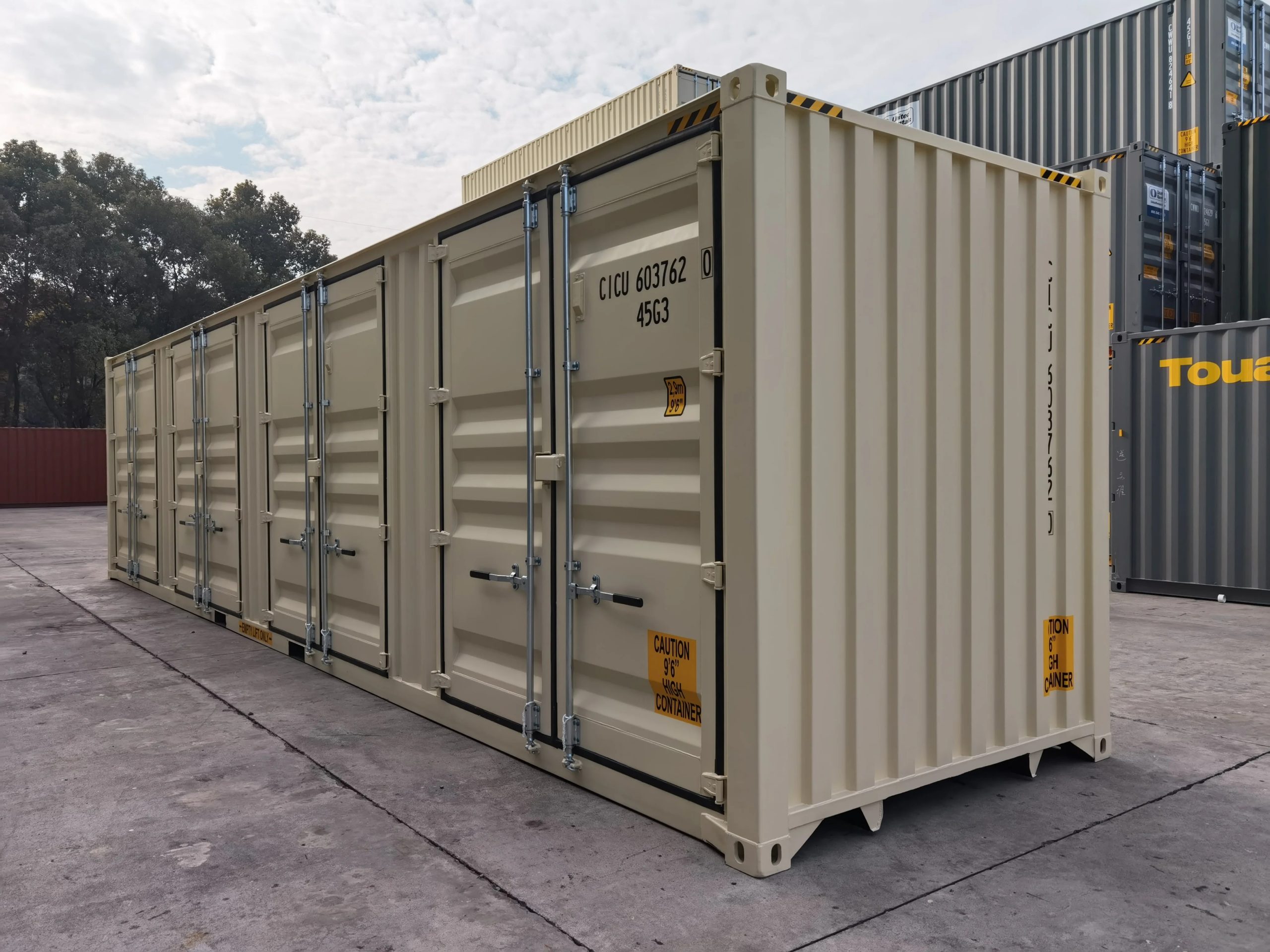The Most Hilarious Complaints We've Received About Freight Containers
Understanding Freight Containers: The Backbone of Global Trade
In the contemporary world of logistics and transportation, freight containers function as the unrecognized heroes that assist in the smooth motion of items across borders. Installed on ships, trucks, and trains, they play a pivotal role in the international economy, guaranteeing that products from numerous corners of the Earth converge in markets to meet customer demands. This post will dig deep into the intricacies of freight containers, their types, applications, benefits, and future potential customers.
What Are Freight Containers?
Freight containers, also called shipping containers, are standardized, reusable vessels for transporting products and materials. Constructed primarily from steel and aluminum, these containers are developed to withstand harsh environmental conditions while guaranteeing the safety and security of their contents. Their standardization has actually reinvented the shipping industry, facilitating intermodal transport— moving containers perfectly from ships to trucks to trains without discharging the items.
Kinds Of Freight Containers
Freight containers can be found in various sizes and shapes, each customized to satisfy specific shipping requirements. Below is a comprehensive table summing up the most common kinds of freight containers:
Container Type
Dimensions (Length x Width x Height)
Capacity
Usage
Standard Dry Box
20' x 8' x 8.5' & & 40' x 8'
x 8.5' 28-60 cubic meters
General cargo, non-perishable products
High Cube Container
40' x 8' x 9.5'
67 cubic meters
Larger cargo, including some perishable items
Refrigerated Container
20' x 8' x 8.5' & & 40' x 8'
x 8.5' 28-60 cubic meters
Perishable items, pharmaceuticals
Open Top Container
20' x 8' x 8.5' & & 40' x 8'
x 8.5'28-60 cubic meters
Heavy or tall cargo like equipment
Flat Rack Container
20' & & 40'
20-40 cubic meters
Heavy loads, steel, and machinery
Tank Container
20'
26,000 liters
Liquid cargo like chemicals and food products
The Role of Freight Containers in Global Trade
Freight containers have actually considerably transformed international trade. cogcontainersltd.com allows several shipping and transport modes to collaborate without facing compatibility problems. Some key functions freight containers play include:
- Efficient Transportation: Containers enable the effective loading, unloading, and transfer of products across several transport modes, minimizing time invested in transit.
- Cost-Efficiency: Their uniform size allows effective usage of space, resulting in lower shipping expenses. Shipping business can transport more items in each journey, reducing total shipping expenditures.
- Security: Containers provide a safe environment for goods, reducing the risk of theft or damage throughout transit. Their sealed design avoids tampering.
- Eco-friendly: By enhancing transport routes and logistics, containers add to lower carbon emissions, making freight transport more sustainable.
The Impact of Technology on Freight Containers
As technology continues to develop, so too does the landscape of freight containers. Here are several technological improvements affecting their use:
- IoT Integration: The Internet of Things (IoT) is revolutionizing freight tracking. IoT-enabled containers can offer real-time tracking details and ecological information (such as temperature and humidity) for delicate cargo.
- Blockchain: This technology uses safe, tamper-proof records of transactions and ownership, enhancing transparency in the supply chain and potentially reducing fraud.
- Automation and AI: Automation in storage facilities and ports speeds up the processing of containers, while AI evaluates shipping patterns to enhance performance.
Challenges in Freight Container Shipping
In spite of their many benefits, freight containers deal with numerous obstacles that market stakeholders need to address:
- Port Congestion: Increased shipping traffic can lead to congestion at ports, delaying the discharging and transport of containers.
- Regulatory Issues: Compliance with numerous international shipping laws and policies can be made complex and may hinder effectiveness.
- Threat of Damage: While containers are robust, they can still incur damage from misuse, unfavorable weather, or inappropriate stacking.
FAQ about Freight Containers
1. What products are freight containers made from?Freight containers are primarily made from steel and aluminum, which provide durability and resistance to environmental aspects.
2. How are containers transferred?Containers can be transported by ships, trucks, and trains, enabling intermodal shipping without needing to unload cargo.
3. What is the distinction in between a dry container and a refrigerated container?A dry container is used for non-perishable goods, while a refrigerated container (likewise understood as a reefer) maintains particular temperatures for perishable items.
4. How does containerization affect shipping expenses?Containerization increases shipping performance by making the most of area and minimizing loading/unloading times, which equates to decrease per-unit shipping expenses.
5. Can freight containers be modified for specific uses?Yes, freight containers can be modified for different purposes, including mobile workplaces, storage units, and even homes.
Freight containers are indispensable to the global trade environment, providing a reliable, effective, and protected approach for carrying products across large ranges. Their impact can be felt across various industries, from agriculture to technology, and their continued evolution promises to boost logistics even more. While obstacles continue, improvements in technology and an ever-increasing need for products will ensure that freight containers remain at the leading edge of modern-day commerce.
In conclusion, comprehending freight containers is essential for anyone participated in worldwide trade or logistics, as they are the foundation of an interconnected international economy.
